In the vibrant and ever – evolving world of food trucks, Korean Food Trucks have emerged as a popular and exciting option, bringing the rich and diverse flavors of Korea to the streets. These mobile kitchens offer a convenient and accessible way for food lovers to experience authentic Korean cuisine, no matter where they are.
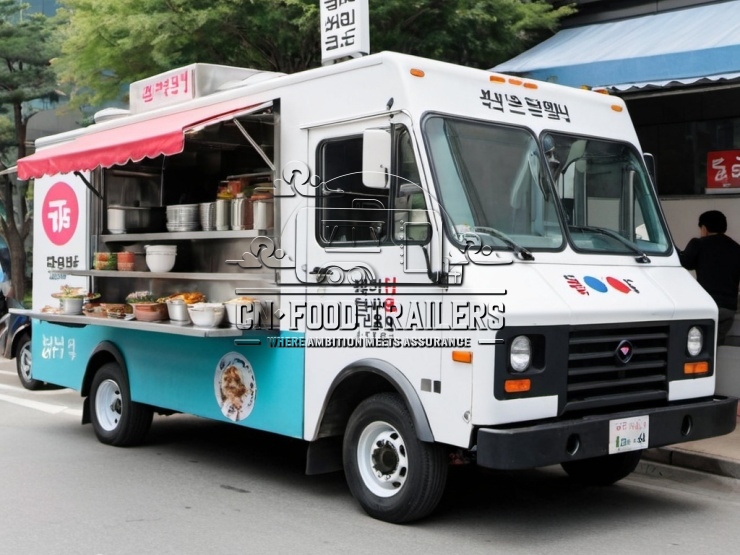
Key Features
- Authentic Korean Flavors: The main highlight of Korean Food Trucks is their ability to deliver authentic Korean flavors. From classic dishes like bulgogi (marinated grilled beef), kimchi stew, and bibimbap (mixed rice bowl) to more modern fusion creations, these trucks offer a wide range of options to satisfy different taste buds.
- Cultural Aesthetics: The trucks are often decorated with elements of Korean culture, such as traditional artwork, calligraphy, and even small decorative items. This creates an immersive dining experience for customers, transporting them to the streets of Seoul or other Korean cities.
- Mobility and Flexibility: As food trucks, they have the advantage of being mobile. They can travel to different locations, such as busy downtown areas, college campuses, office complexes, and outdoor events. This allows the business to reach a diverse customer base and adapt to changing market demands.
- Customizable Menus: Korean cuisine is incredibly diverse, and these food trucks can customize their menus based on the target audience and location. They can offer spicy or mild options, vegetarian and vegan choices, and even seasonal specials to keep the menu fresh and appealing.
Internal Equipment
- Grills and Stovetops: Essential for cooking bulgogi, galbi (marinated short ribs), and other grilled dishes. The grills are designed to provide even heat distribution, ensuring that the meat is cooked to perfection.
- Woks and Pans: Used for stir – frying vegetables, making sauces, and preparing various side dishes. Woks are particularly important in Korean cooking for their ability to cook food quickly at high temperatures.
- Refrigeration Units: A commercial – grade refrigerator and freezer are crucial for storing fresh ingredients, such as meat, vegetables, and kimchi. Proper refrigeration ensures the quality and safety of the food.
- Rice Cookers: Rice is a staple in Korean cuisine, and rice cookers are used to prepare fluffy and delicious rice to accompany the main dishes.
- Prep Stations: Well – organized prep stations with cutting boards, knives, and storage containers make it easy for the chefs to prepare ingredients efficiently. This includes chopping vegetables, marinating meat, and assembling dishes.
- Ventilation System: Korean cooking often involves grilling and stir – frying, which can produce a lot of smoke and odors. A powerful ventilation system is essential to maintain a comfortable and safe working environment inside the truck.
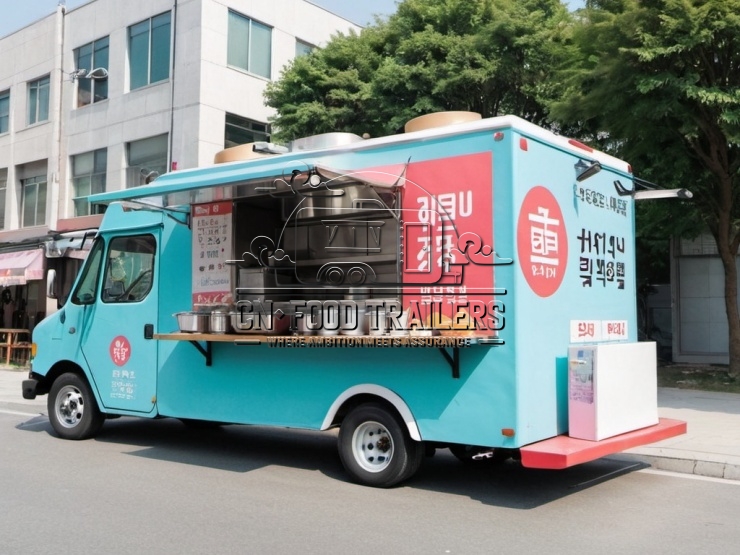
Applications
- Street Food Scene: Korean Food Trucks are a common sight in busy city streets, offering quick and affordable meals to pedestrians, office workers, and shoppers. They add a vibrant and international flavor to the local street food culture.
- Events and Festivals: Whether it’s a cultural festival, a music concert, or a sports event, these food trucks can cater to large crowds. They can provide a taste of Korea to event – goers, adding a unique and exciting element to the overall experience.
- College Campuses: College students are always looking for new and interesting food options. Korean Food Trucks can be a popular choice on campuses, offering a break from the usual cafeteria food and introducing students to the flavors of Korea.
- Corporate Catering: Many businesses are now opting for food truck catering for corporate events, meetings, and employee appreciation days. Korean Food Trucks can provide a delicious and diverse menu that will impress guests and employees alike.

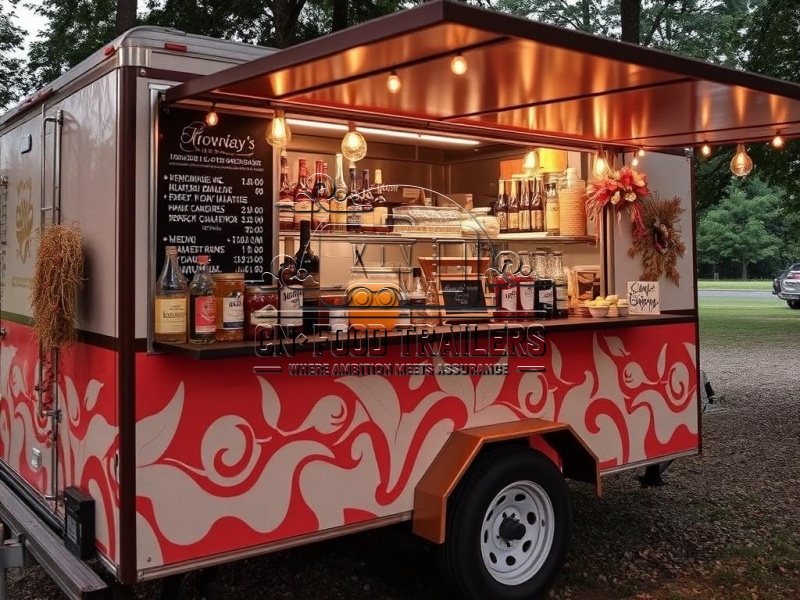
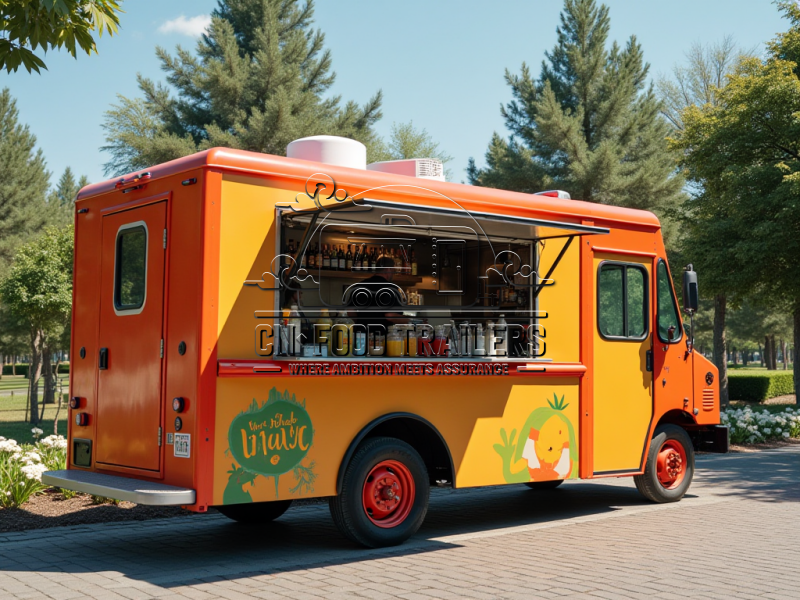

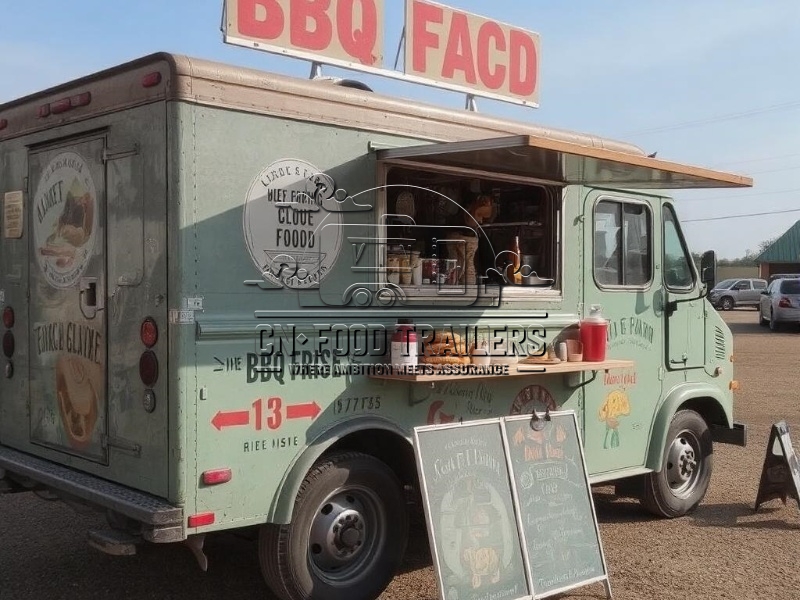
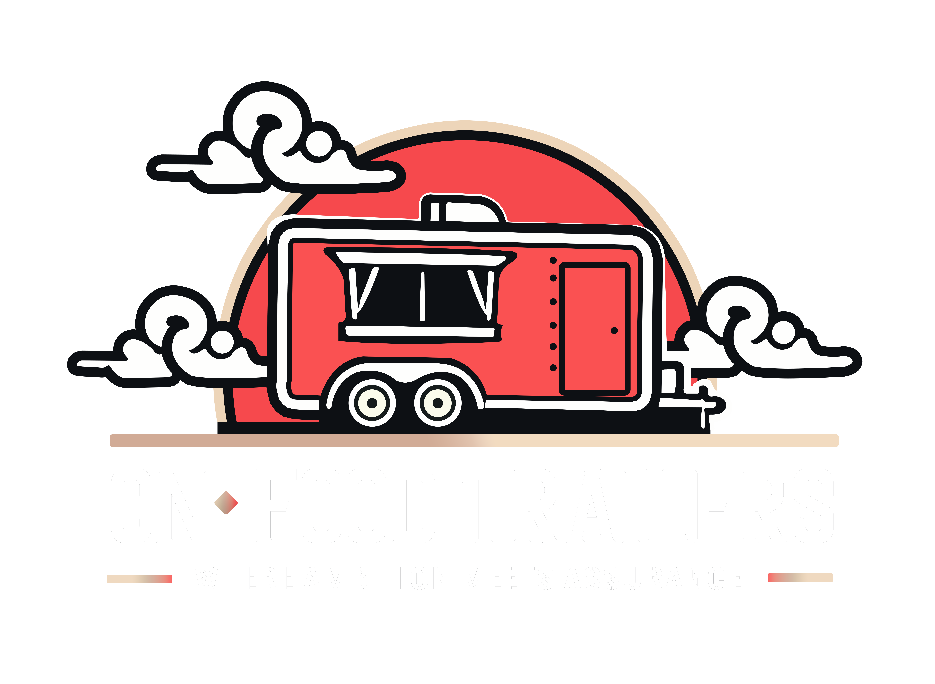
Leave A Comment